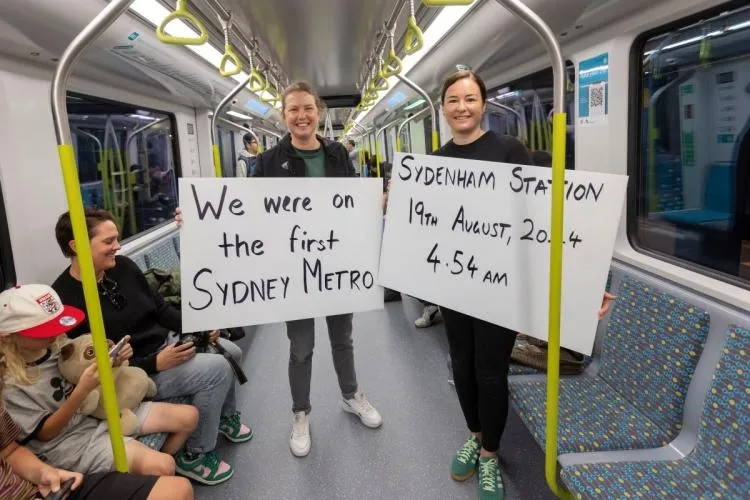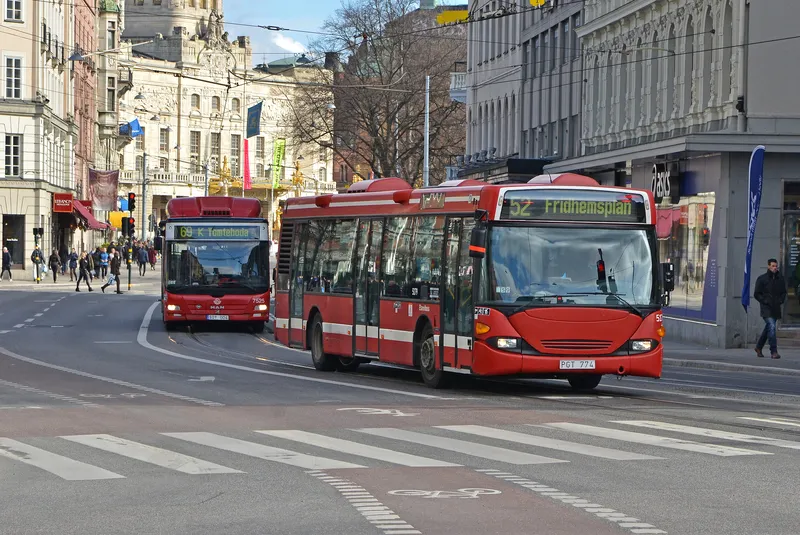Singapore’s MRT system is being upgraded to become more reliable, said Transport Minister Lui Tuck Yew during the ground-breaking for the East-West MRT line's Tuas West Extension. According to Lui, the Land Transport Authority (LTA) will cover the cost of infrastructure works and the systems which will cost some US$719 million. The upgrade work will include the establishment of a more robust system by train operator SMRT.
May 9, 2012
Read time: 1 min
Singapore’s MRT system is being upgraded to become more reliable, said Transport Minister Lui Tuck Yew during the ground-breaking for the East-West MRT line's Tuas West Extension. According to Lui, the 918 Land Transport Authority (LTA) will cover the cost of infrastructure works and the systems which will cost some US$719 million. The upgrade work will include the establishment of a more robust system by train operator 5465 SMRT.
The 7.5km Tuas West Extension will feature four stations, which include one close to the Second Link, as well as a new depot to take in more train fleet. It’s claimed the extension, scheduled to become operational in 2016, will help reduce travelling time by as much as 35 minutes.
By 2014, the North-South line will have 13 additional trains and by 2016, the East-West line will have 22 more trains. From 2015, 24 new trains will join the new Circle Line, while 18 trains will be added to the North-East line.
The 7.5km Tuas West Extension will feature four stations, which include one close to the Second Link, as well as a new depot to take in more train fleet. It’s claimed the extension, scheduled to become operational in 2016, will help reduce travelling time by as much as 35 minutes.
By 2014, the North-South line will have 13 additional trains and by 2016, the East-West line will have 22 more trains. From 2015, 24 new trains will join the new Circle Line, while 18 trains will be added to the North-East line.










